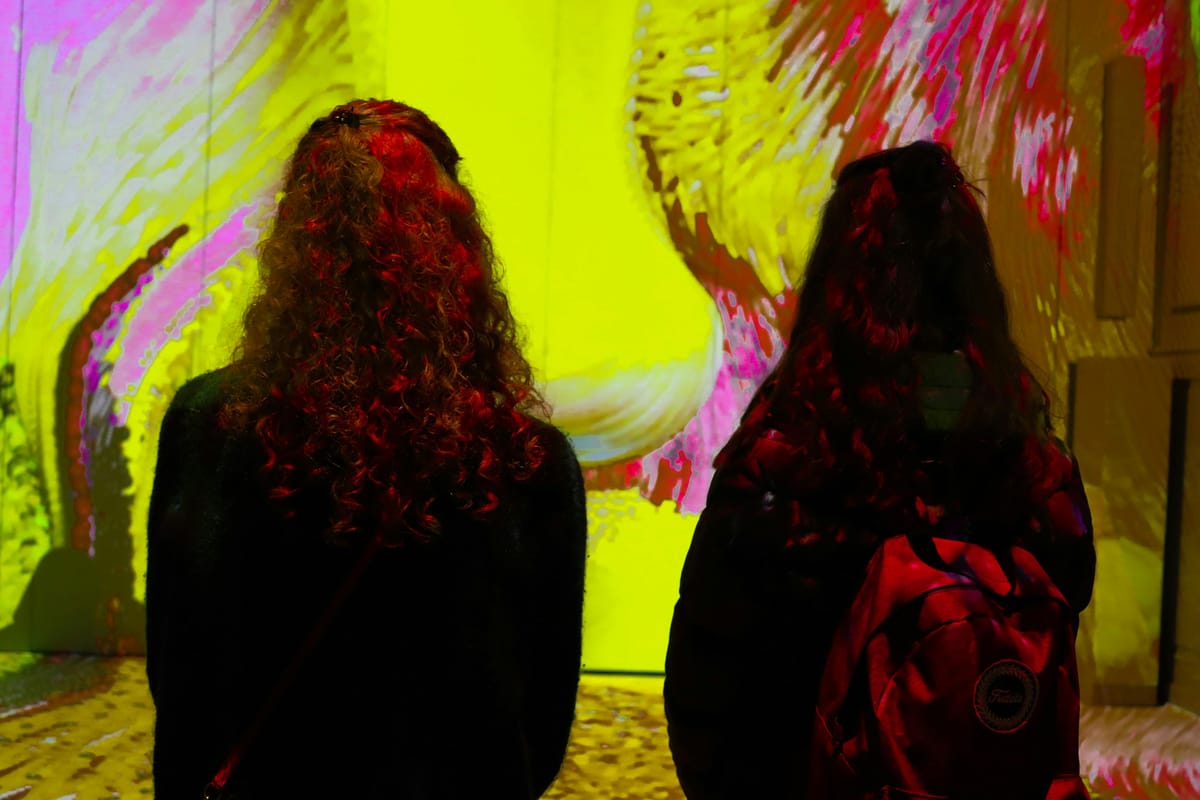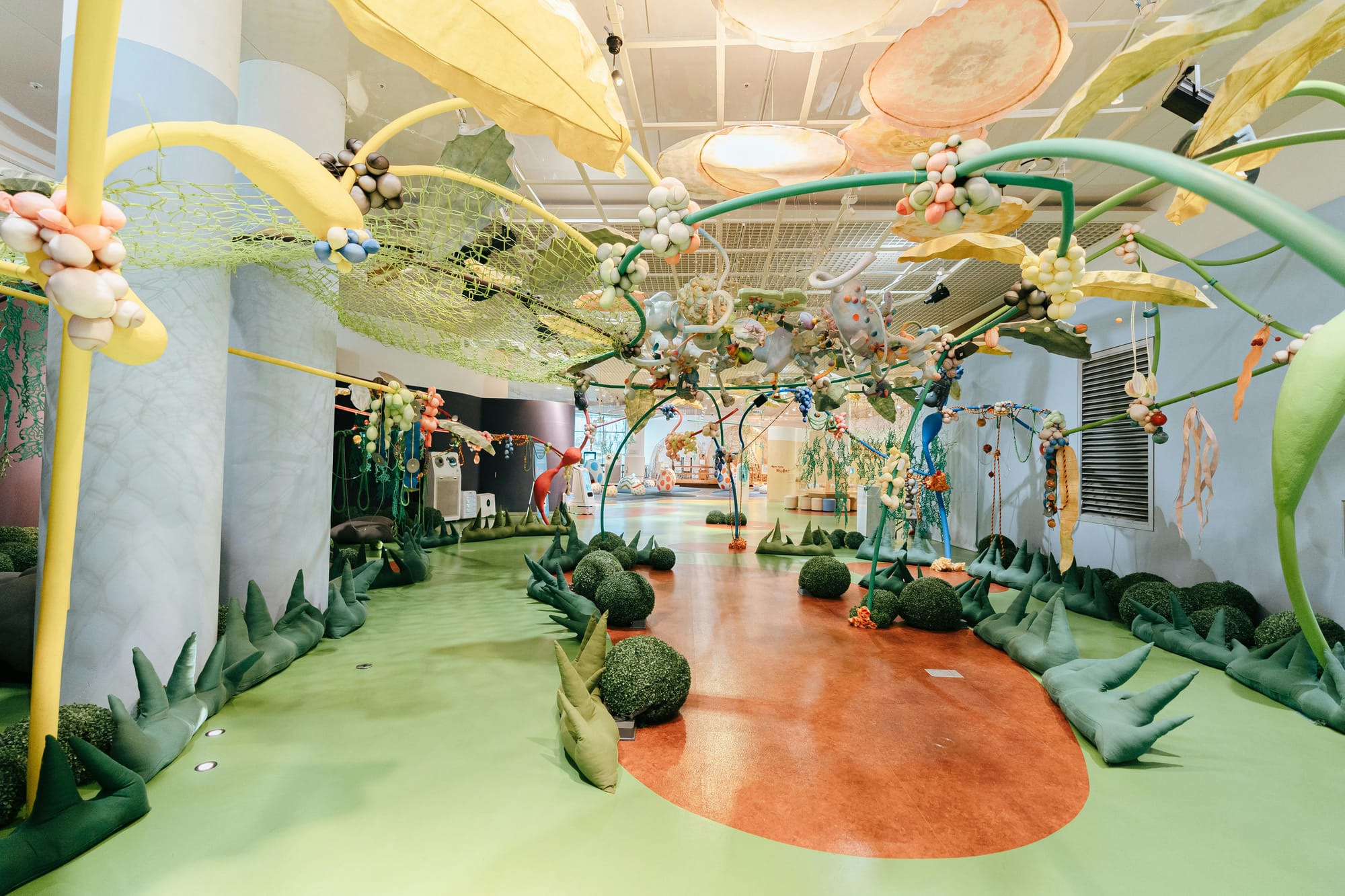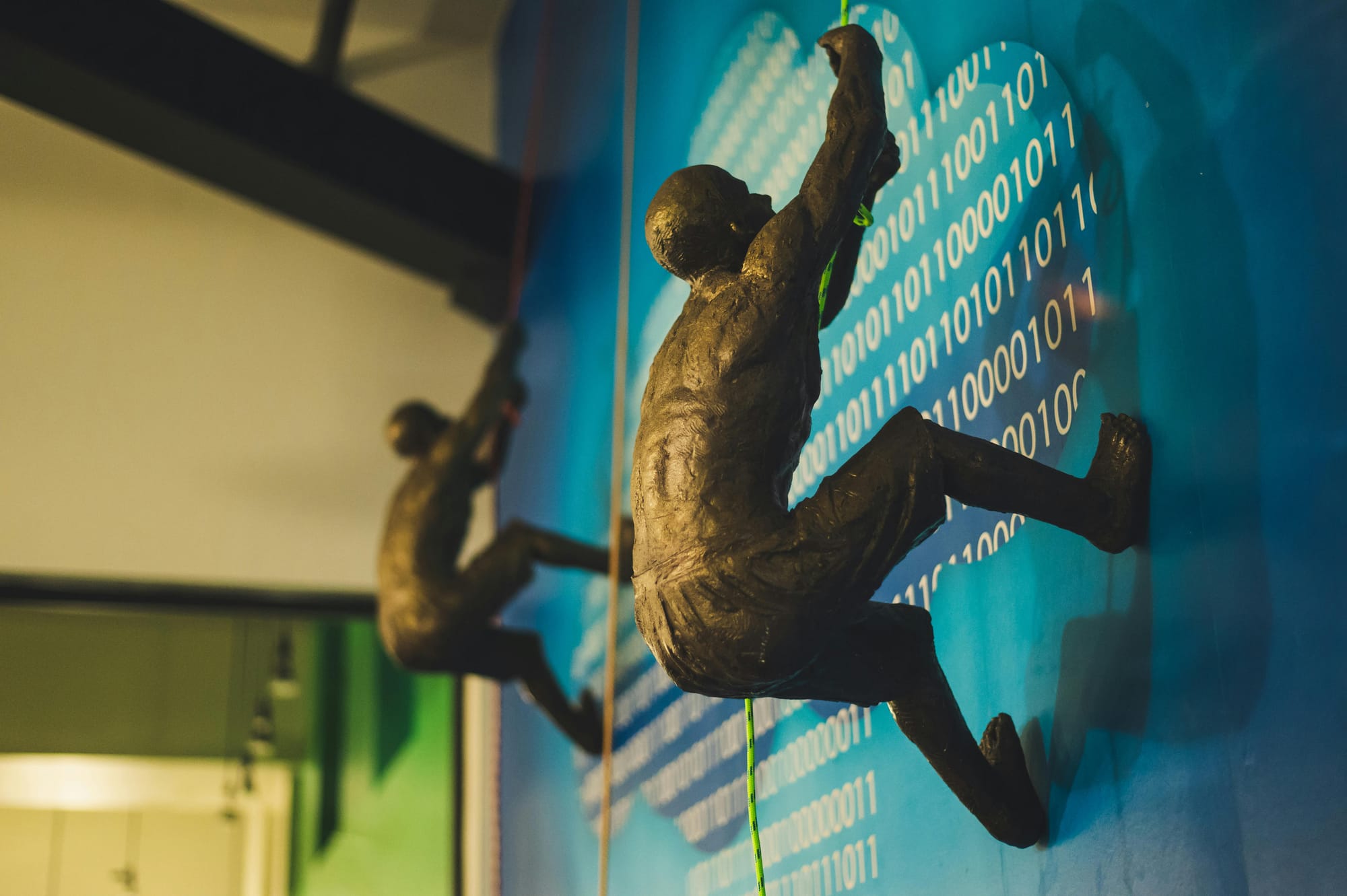The Evolution of Galleries: Online Art Sales and Virtual Exhibitions

Online art sales have become a vital component of the art market. According to Artsy’s 2023 Art Collector Insights report, 80% of collectors purchased art online in the past year, marking a significant increase from previous years. Virtual exhibitions have complemented these sales, offering immersive experiences through virtual reality (VR) and augmented reality (AR). These technologies allow galleries to replicate the physical experience of viewing art, making it accessible to a broader audience.
The rise of online viewing rooms and digital sales platforms has also democratized access to art, allowing emerging artists to gain visibility and collectors to discover new works from the comfort of their homes. However, this shift has not been without its challenges.

Challenges of the Hybrid Model
Economic volatility and high rental prices, particularly in major art hubs like New York and London, have made it difficult for galleries to maintain physical spaces. Smaller and mid-size galleries have been disproportionately affected, struggling to balance the costs of physical premises with investments in digital infrastructure.
While digital exhibitions offer accessibility, they often lack the tactile and immersive qualities of physical art experiences. Ensuring that digital presentations maintain the integrity and impact of the artworks is a significant challenge. Galleries must invest in high-quality digital tools and innovative presentation methods to provide a comparable experience to their physical counterparts.
Digital platforms enable galleries to reach a global audience, breaking down geographical barriers. This global accessibility promotes inclusivity, allowing diverse artists and collectors to participate in the art market. Online exhibitions and sales platforms democratize access to art, providing opportunities for underrepresented artists and new collectors.
Digital tools offer valuable data-driven insights into audience preferences and behaviors. Galleries can analyze online interactions to tailor their offerings, enhancing engagement and sales. Personalization strategies, such as targeted marketing and customized viewing experiences, can significantly enhance the collector’s journey.
The hybrid model allows for innovative event formats that combine physical and digital elements. Hybrid art fairs and exhibitions offer the best of both worlds, providing the tactile experience of viewing art in person while leveraging the reach and convenience of digital platforms. Collaborations with other cultural institutions, artists, and technology providers can create enriched and multifaceted experiences for audiences.
Case Studies: Leading the Hybrid Evolution
Pilar Corrias Gallery in London is a prime example of a gallery embracing the hybrid model. With the opening of its new Mayfair space, the gallery has seamlessly integrated digital strategies to enhance its physical exhibitions. Online previews, virtual tours, and interactive digital content complement the gallery’s physical presence, ensuring a comprehensive and engaging experience for its audience.
Phillips Auction House has also successfully adopted a hybrid approach. Their recent “New Terrains” selling exhibition of contemporary Native American art featured both physical displays and online viewing rooms, allowing collectors from around the world to participate. This approach not only expanded the exhibition’s reach but also highlighted the growing prominence of Indigenous artists in the commercial art world.

Future Outlook of the Hybrid Landscape
The future of galleries lies in their ability to navigate the hybrid landscape effectively. As digital and physical strategies continue to converge, galleries must adapt to the evolving needs and preferences of their audiences.
Galleries must continue to invest in cutting-edge technologies and innovative presentation methods to stay competitive. Virtual reality, augmented reality, and interactive digital tools will play an increasingly important role in enhancing the art viewing experience.
Sustainability and inclusivity will also be key considerations for galleries moving forward. By adopting eco-friendly practices and promoting diverse voices, galleries can align with broader social and environmental goals, attracting a more conscientious and engaged audience.
Collaborative and community-driven approaches will be essential for the hybrid model’s success. Galleries should seek partnerships with other cultural institutions, artists, and technology providers to create enriched and multifaceted experiences for their audiences.
The evolution of galleries towards a hybrid model represents a significant transformation in the art world. By embracing digital strategies while maintaining the essence of physical art experiences, galleries can navigate the challenges and seize the opportunities presented by this new landscape. The future of online art sales and galleries lies in their ability to innovate, adapt, and connect with a global audience, ensuring the continued vitality and relevance of the art market in an increasingly digital world.
ART Walkway News





